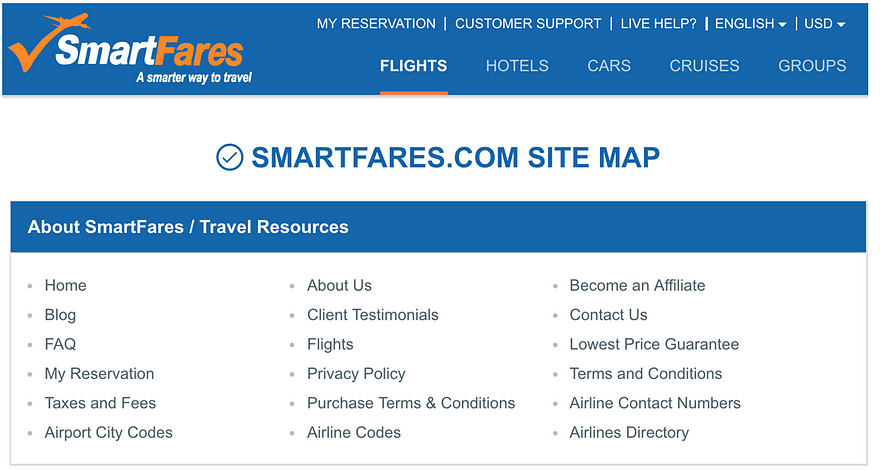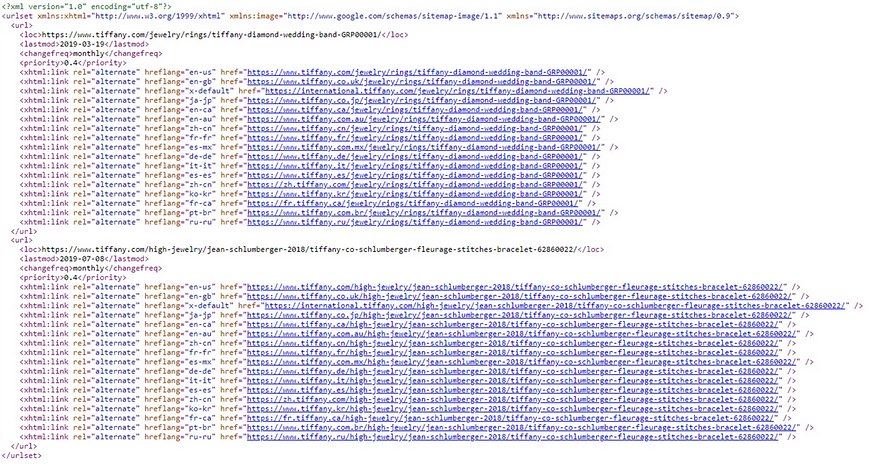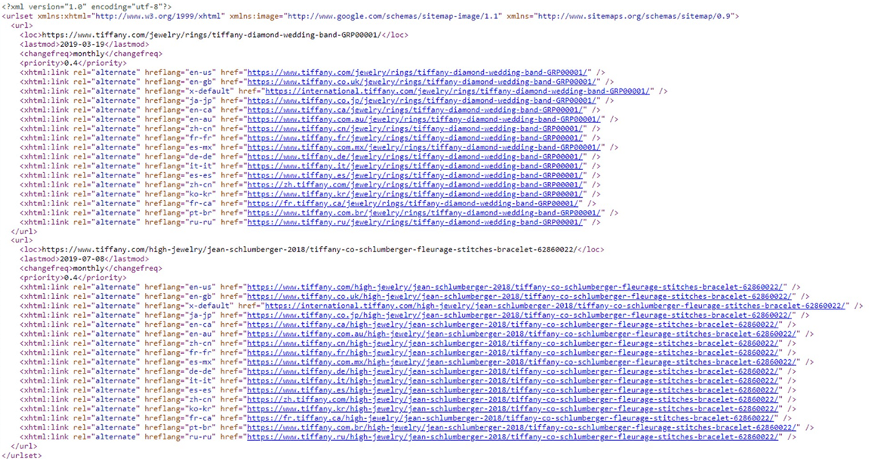XML Sitemaps and why you should care?
XML Sitemaps are an essential aspect of SEO and index websites.
Have you ever heard of a word called “XML sitemap”? What do you think the word means when you hear or see it? Do you use it in any way in your daily life? Is it a map of a place? You probably don’t have definitive answers when asked these questions. It would be understandable because a sitemap isn’t used in everyday life. However, it is instead discussed in the web design industry. Its existence and significance don’t go in vain. If you’re currently interested in web development and SEO services, it’s worth knowing at least the basics.
What’s a Sitemap
A sitemap is a file that contains links to the pages on a website. Information includes the last time pages were updated and their frequency of changes. It even consists of each page’s priority level relative to others within the website. A sitemap typically consists of various types of media content, including videos and images. According to Wikipedia, the Google Sitemaps protocol enables quick indexing.

HTML Sitemap
There are two main sitemaps: one for human users and one for web crawlers. Human-readable sitemaps are typically displayed in a hierarchical format in HTML. It helps users find pages quickly. This type of sitemap is beneficial for both large-scale websites and web crawlers. The latter is presented in an XML format and is specifically designed for web crawlers to scan through the links on the website. The XML format is helpful when crawling pages that are not well-connected with the rest of the site’s content.

XML Sitemap
History
The first sitemap protocol, named “Sitemaps,” was published by Google in 2005. Microsoft, “Yahoo!” and Google declared their joint support a year later. Since then, the Sitemaps protocol has been updated only once, and an auto-discovery feature has been added. The latter is represented as robots.txt, which helps specify the page’s priority level and its frequency of change. Sitemaps can be created either manually or using a generator. Manual sitemap construction in HTML or XML is usually time-consuming and exhausting. Additionally, it requires a moderate understanding of HTML and XML.
Generators
A sitemap generator helps web developers and website owners automatically create, verify, submit, and update sitemaps. The generator supports the web development process by speeding up the production of sitemaps. There are many sitemap generators, free and paid. Free services generally operate on a smaller capacity, allowing a limited number of web pages to be crawled. However, premium generators are capable of scanning complete websites. For example, large websites can be checked, and broken links detected.
Importance of XML Sitemaps
At times, sitemaps aren’t a necessity for some websites. Most of the time, search engines can automatically locate and scan pages from the homepage, which is why sitemaps are more beneficial for large-scale websites.
There is no proof of the disadvantages or inconvenience of having a sitemap for any website. To be exact, having one sitemap will never penalize you.
Benefits of Sitemaps to Search Engines
A sitemap acts as a bridge between the website and search engines, improving the communication between the two. A web crawler is a robot that instructs the search engine on which pages or files to scan and index on the Internet. According to Amara, a website can be discovered by all search engines if the sitemap is well-structured. Hence, having a sitemap only benefits the website.
Benefits of XML Sitemaps to Users and Developers
As a web designer and developer, one would ensure the design is optimized for the web. An optimized website maximizes the amount of traffic coming to the site. Hence, to increase the number of visitors, one must learn the strategies and tips of Search Engine Optimization. Also, why is having a clear, thoughtful XML sitemap one method that can help drive the website to success?
An HTML sitemap can let the search engine crawl and better understand the site structure. The accessibility leads to a higher page rank. On the other hand, an XML sitemap can give specific information about pages to be crawled and indexed. For example, when target keywords are included in page content, they become the website’s focus. This, in turn, helps the website to have better search placement. Additionally, a sitemap with a natural flow and arrangement that enhances the user experience should be implemented.
Benefits of Sitemaps to a Website’s Internal Structure
The larger the website, the more structurally complicated it gets. Hence, a website should be managed and organized. An XML sitemap is the blueprint that website developers utilize. Having a sitemap helps prevent the website from looking unsystematic and messy. Generally, the sitemap provides a comprehensive view of the website. Likewise, the relations between the website’s pages and sub-pages can be viewed via a sitemap.
A good sitemap always keeps every website element in its proper place and category. An example of design issues is when visitors are unable to access their desired pages. Another consideration is the likelihood of being in the top Search Engine Results Pages (SERPs) being affected by unnecessary content. In such cases, a good practice would be to redesign the website layout to maintain its functionality.
Benefits of Sitemaps to a Website’s Copyrights
To stand out from its competitors, it needs to be authentic and rich in content. The same principle applies to website structure. The more unique a website’s content, the more recognition and achievement it gets. In detail, the duplicated contents can be detected by Google’s ranking algorithms. The result is a lower page ranking. Hence, each website’s structure, design, and content should be unique, and having an XML sitemap will help bots and crawlers quickly understand this.
Takeaway on Sitemaps
Hopefully, you are now familiar with the basics of sitemaps. You’d no longer wonder if it’s perhaps a map. Although the limitations of sitemaps are not fully covered, none of them will negatively impact the website’s future. It would be unfortunate to have a custom website with XML sitemaps. Sitemaps prove to be one of the most essential assets a website can have.

